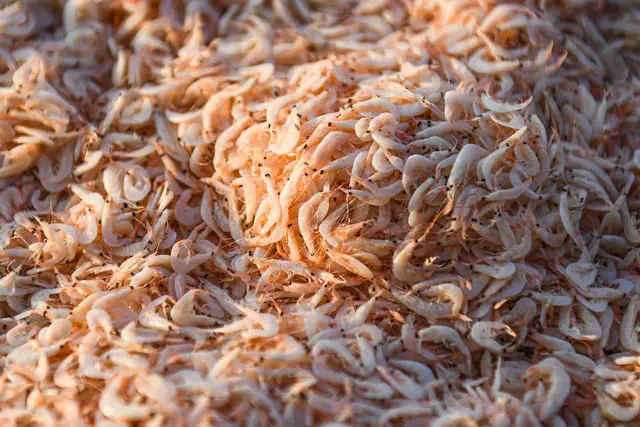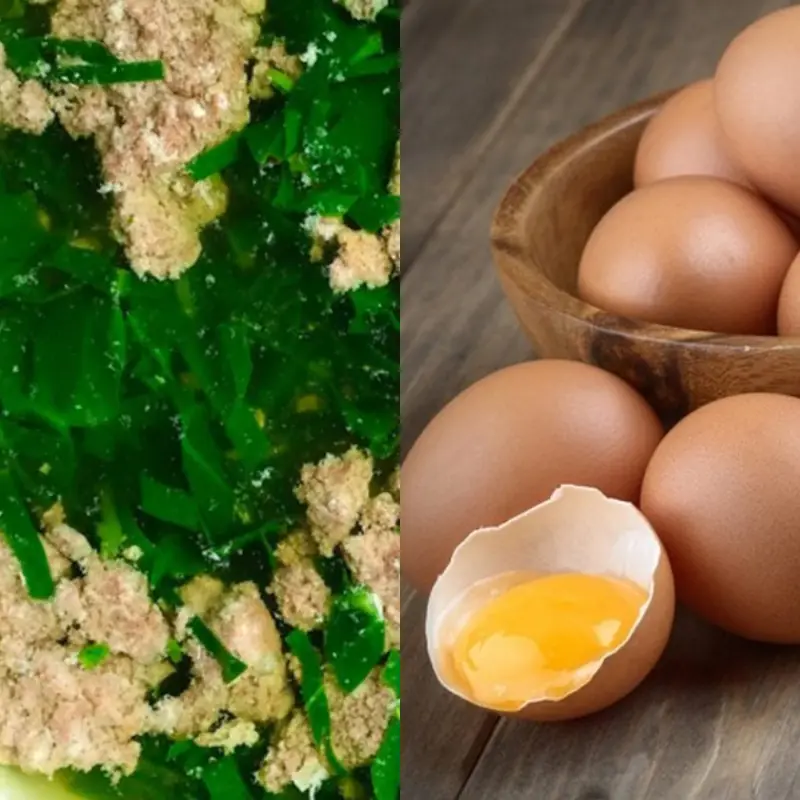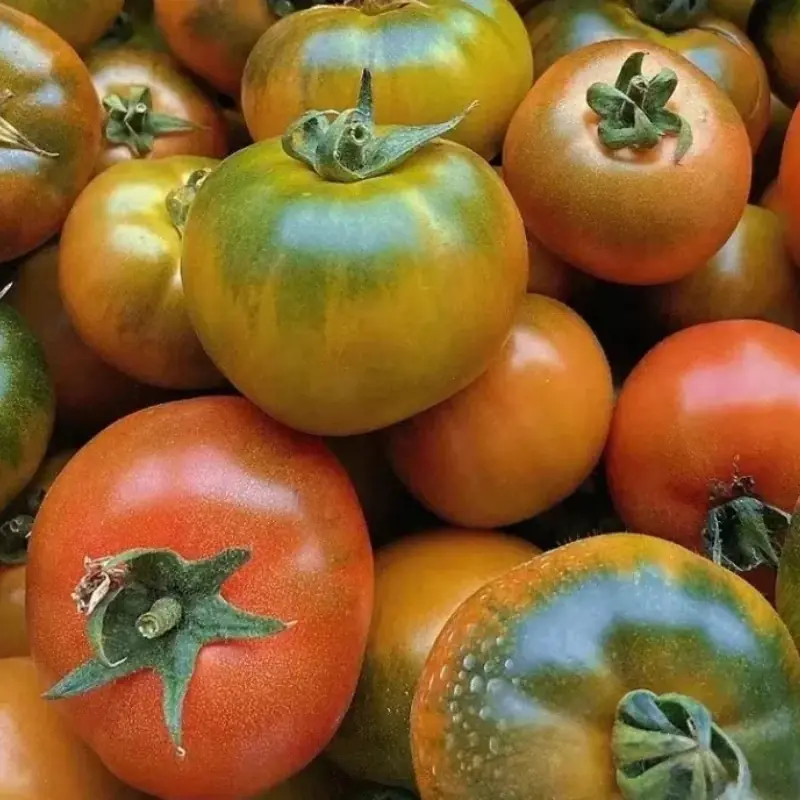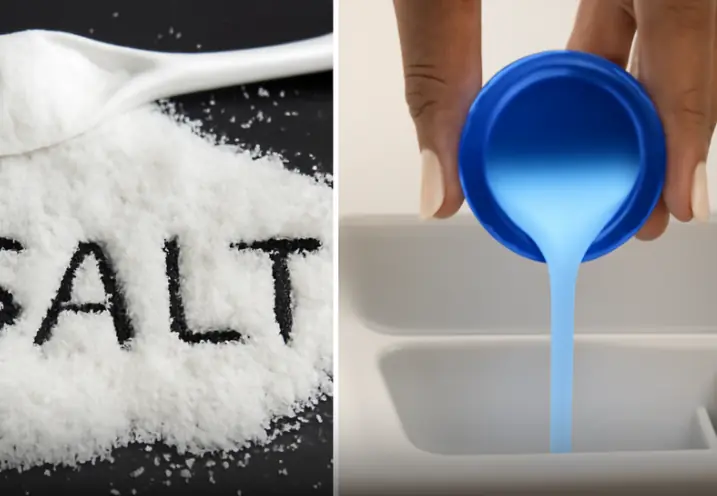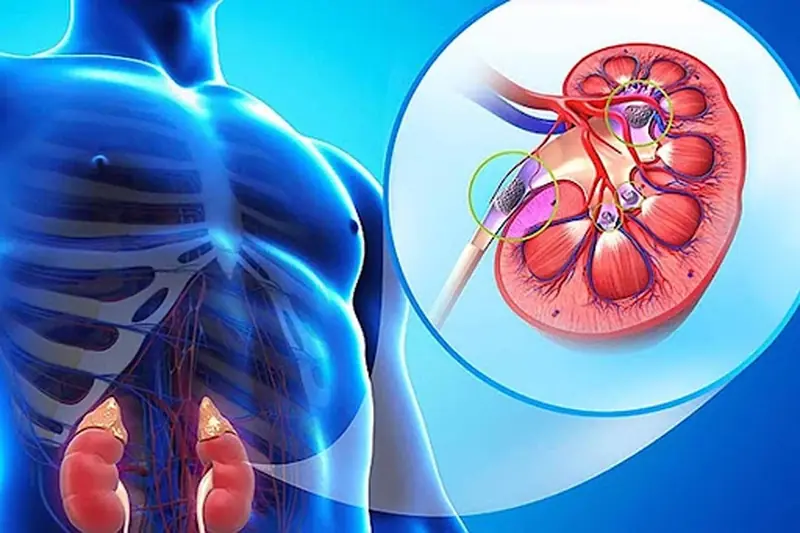4 Pros & 4 Cons When Buying Pork: Pick Right and It’s Worth Every Gram — Pick Wrong and You Could Be Risking Your Health
When shopping for pork, these tips can save your health and your wallet.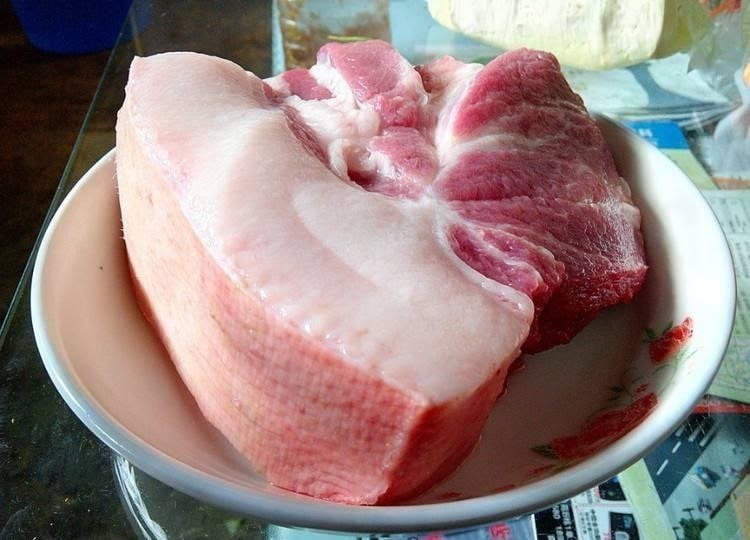
Pork is a staple ingredient in Vietnamese kitchens. Though simple and affordable, it’s packed with nutrients and widely loved. Rich in plant-based protein, calcium, iron, and essential vitamins, pork supports energy, bone health, heart function, digestion, and even weight control.
But you only get these benefits when you choose the right cuts and prepare them properly. Some cuts, though cheap or tasty, can pose hidden health risks. Others may be pricier but offer exceptional nutrition and flavor. Here are 4 cuts to avoid and 4 cuts worth buying.
4 Pork Cuts to Avoid: They May Be Harming Your Health
1. Liver
Pork liver plays a key role in detoxifying the pig’s body, making it a common site for antibiotic and chemical residue — especially in commercially raised pigs. While it’s dark, tender, and fragrant when cooked, frequent consumption could expose you to unwanted substances, potentially harming your own liver and kidneys.
2. Stomach (Tripe)
Pork stomach is a popular bar snack thanks to its chewy texture. But it holds undigested food, mucus, and bacteria. If not cleaned properly or bleached with chemicals (as sometimes seen in markets), it may cause stomach pain or intestinal infections. Avoid overly white, abnormally soft, or odorless tripe — these are red flags.
3. Neck Meat
The neck area contains many lymph nodes — known to harbor toxins, bacteria, or parasites if not properly removed. It’s also a frequent injection site for growth hormones and medications. This cut is relatively high in fat, which can raise cholesterol and increase the risk of heart disease. If used, thoroughly trim away lymph nodes and consume in moderation.
4. Kidneys
Kidneys filter waste in pigs and often accumulate toxins, drugs, and chemicals. Due to their strong odor and complex structure, they’re notoriously hard to clean. Even cooking at high temperatures might not eliminate all toxins. Plus, kidneys are high in cholesterol, making them unsuitable for elderly individuals or people with heart conditions.
4 Pork Cuts to Buy: Nutritious and Delicious
1. Pork Shoulder
This cut strikes a perfect balance between lean and fatty meat. It’s juicy, tender, and stays moist after cooking — ideal for braising, frying, roasting, or mincing for sausages. It’s not just tasty but also rich in collagen, which supports healthy skin and joints. Affordable and versatile, it’s a top choice for family meals.
2. Tenderloin
Located along the pig’s spine, tenderloin is lean, soft, and easily digestible — perfect for kids and seniors. It’s packed with high-quality protein, B vitamins (B1, B2, B6, B12), and iron, all of which support metabolism, immunity, and red blood cell production. However, it contains about 22% cholesterol, so be mindful of portion size.
3. Pork Cheeks
A lesser-known cut, pork cheeks are a true delicacy among foodies. With fine-grain meat, light marbling, and collagen-rich tendons, they’re tender yet chewy, flavorful without being greasy. Great for stewing, grilling, or steaming — pork cheeks retain moisture and taste better than many leaner cuts. Thanks to constant movement, they’re also high in protein.
4. Front Hock
The front pork leg is prized for its soft tendons and naturally gelatinous meat. It's rich in collagen, which benefits skin, hair, and joints. Often used in postpartum recovery or to boost lactation, it’s a healing food in traditional diets. However, those with high blood fat should eat in moderation to avoid cholesterol spikes.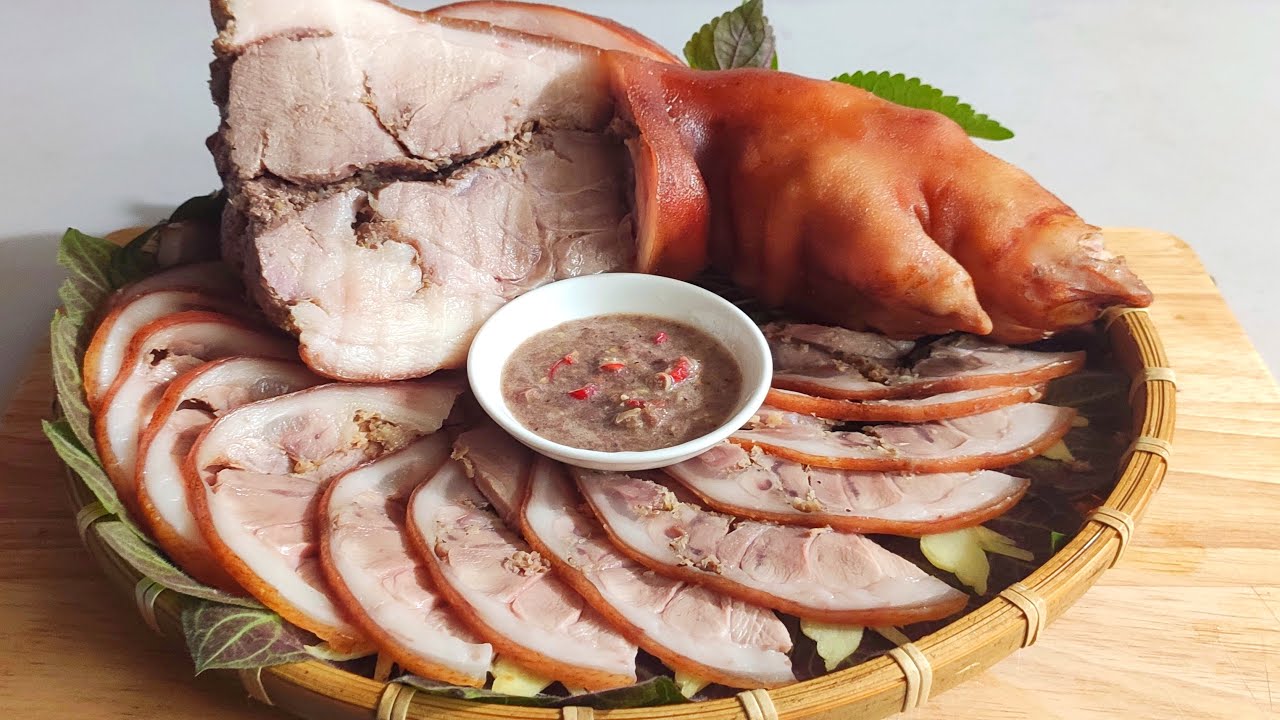
Bonus Tip:
Also avoid pairing pork with certain foods like overly processed soy products, egg yolks, bamboo shoots, or goat meat, as they may cause unwanted reactions or reduce nutritional absorption.
Smart shopping and smarter cooking can help you enjoy pork — safely and deliciously.
